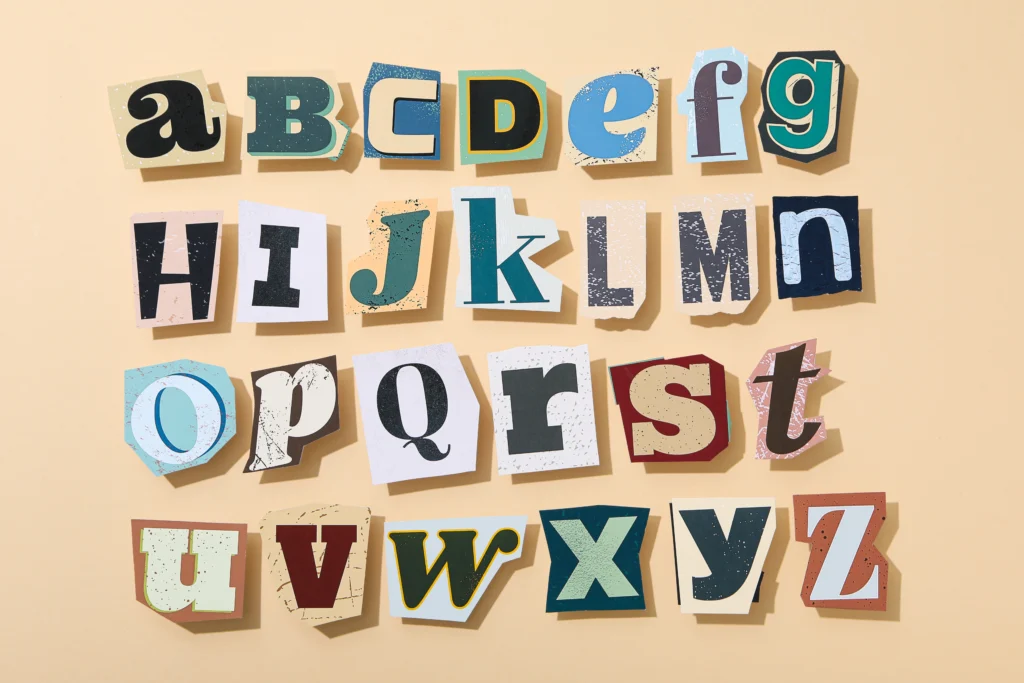
Typography is a crucial aspect of design that goes beyond aesthetics. The typefaces we choose can profoundly impact the way readers perceive and respond to content. The psychological influence of fonts stems from their ability to evoke emotions, enhance readability, and even shape the credibility of the message. This article delves into the influence fonts have on reader psychology, exploring various aspects of typographic design, and how these choices impact user experiences.
Fonts are not merely a means to convey words; they also convey emotion. Different typefaces can evoke different emotional responses from readers, ranging from trust and security to excitement and creativity. The psychology of fonts can be broken down into several categories based on their characteristics:
The choice of typeface, therefore, has a direct influence on the emotional response of readers. Marketers and designers use these associations strategically to align a brand’s identity with the desired emotions of their audience.
While fonts can evoke emotions, their primary function is to ensure that the content is readable and legible. Readability refers to how easily text can be read, while legibility pertains to how easily individual characters can be distinguished. Both elements play a significant role in how well information is processed by the reader.
For example, fonts with complex or highly decorative designs may be visually appealing but can hinder readability, especially for long passages of text. In contrast, fonts designed for maximum legibility, such as sans-serif fonts, improve the overall reading experience and help retain the reader’s attention.
To ensure the best user experience, it’s essential to consider the following factors when choosing a font:
Brands often spend significant time and resources choosing the perfect font to represent their identity. Typography is a fundamental part of branding because it reflects the tone, values, and message of the brand. Fonts become a key component of visual identity, which is why many well-known brands have custom fonts created specifically for them. For instance, Google developed its own font family, Google Sans, to align with its modern, user-friendly, and technological brand identity.
Consider the following examples of how font choice influences brand perception:
The psychological effect of fonts on brand perception can influence purchasing decisions, loyalty, and overall user engagement. A mismatched font can create confusion or distrust, while the right typeface can build an emotional connection between the brand and its audience.
The influence of fonts extends beyond aesthetics; they can directly impact business outcomes, such as conversion rates. In web design, font choices can determine whether a visitor engages with content, signs up for a newsletter, or makes a purchase. Let’s look at two case studies that highlight the influence of typography on conversion rates:
These examples underscore the importance of carefully considering typography when designing for user interaction. Even small adjustments in font choice can lead to measurable improvements in business metrics.
The psychology of fonts is not limited to individual emotional responses; cultural associations also play a significant role in how typefaces are perceived. Different cultures may associate specific fonts with certain emotions or connotations based on historical or traditional contexts.
For example, in Western cultures, serif fonts are often associated with tradition and formality. However, in East Asian cultures, serif fonts may not carry the same connotation and may be seen as old-fashioned. Similarly, script fonts, which evoke elegance and creativity in Western cultures, might be perceived as informal or difficult to read in regions where complex character systems are used, such as China or Japan.
Designers who create for global audiences must take these cultural nuances into account to ensure their typography resonates appropriately with diverse readers.
As design technology advances, so too does typography. The future of fonts lies in innovations like variable fonts and AI-generated typefaces, which offer greater flexibility and customization. Variable fonts, for instance, allow designers to adjust weight, width, and slant within a single font file, giving them more creative control and adaptability for different screen sizes and devices.
AI-generated typefaces are also emerging, with machine learning algorithms capable of analyzing design trends and creating fonts that align with specific brand values or user preferences. These advancements are poised to revolutionize typography, allowing for more personalized and dynamic user experiences.
In conclusion, fonts play an integral role in shaping how readers interact with and perceive content. From evoking emotions to enhancing readability, typography influences every aspect of the reading experience. The right typeface can strengthen a brand’s identity, increase engagement, and even boost conversion rates.
Understanding the psychology of fonts empowers designers to make informed decisions that align with the goals of their content. As we look toward the future of typography, innovations like variable fonts and AI-generated typefaces will continue to shape the way we design and experience text, opening up new possibilities for creativity and personalization in the world of design.